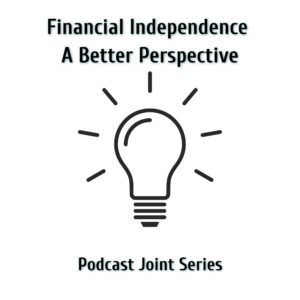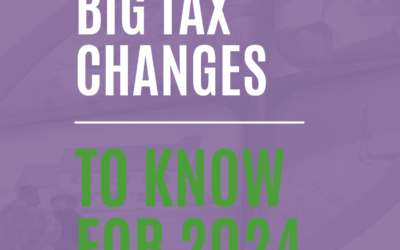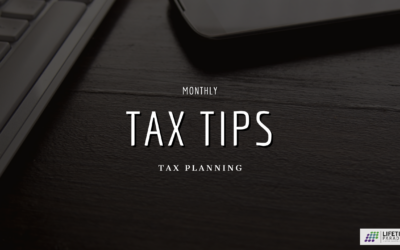Financial Independence
A Better Perspective
Podcast
EPISODE 13 Cost Segregation
Presented by Lance Edwards and Randy Luebke
In this episode of “Financial Independence – A Better Perspective”, Lance and Randy interview Todd Strumpfer and discuss how cost segregation allows one to depreciate a building more rapidly and, receive tax deductions now, rather than later. Additionally, they discuss how the CARES Act plays a roll, especially during the time of COVID-19.
View Podcast Below…
What you’ll learn in this episode:
- Cost segregation started in the late 90’s. Opening the door to its general use were cases.
- Todd Strumpfer’s experience in cost segregation for the past 10 years.
- Jim Shrever, the Founder of Cost Segregation Services, pioneered how to make this work to the advantage of smaller building owners.
- The IRS allows for depreciation as buildings and inside assets like carpet wear out. If you don’t do cost segregation, you’re doing straight-line depreciation. Because of the court cases, the IRS has allowed for building owners to depreciate different items that are part of the property more rapidly.
- A cost segregation study involves going in and getting photos of the property, doing a walkthrough, gathering appraisals and different information. Working with analysts, they do what’s called an engineering-based cost segregation, which is different from accounting-based. Engineering based analysis goes deep, with up to 70 building components being analyzed to depreciate a building more rapidly.
- Todd’s company works with a client’s tax professional to apply the results to their tax returns. They have a depreciation schedule going forward that includes much more than land and improvements, or land and building. Every component is broken into their correct appreciable life. “They don’t get more depreciation expense, they just get it a lot sooner,” he says. “It’s a non-cash expense.”
- The IRS audit guide for cost segregation study, and Todd’s approach they call “The Certain Method”.
- Good news: Having a cost segregation study done on your property does NOT increase your chance of being audited.
- Todd explains that for a million-dollar building, the owner can expect around $75,000 of income tax savings. So if they’re at a 37% tax rate, it’s going to give them that much more expense for depreciation. Lance calculates that $75,000 divided by 37% is $225,000 of deductions. Todd clarifies that that’s an average, so fancier, more built-out properties are going to provide more benefit.
- Lance asks if an owner needs to do the cost segregation the same year they buy the property. Todd says, it’s great to start right away, but if they’ve owned the property for a year, five or ten years, depending on the size of the property, they can do a study after the fact. In that case, they use a 3115 form, the Change in Accounting Method form. It lets the IRS know you’re switching from straight-line depreciation to cost segregation. Over time, more tax pros have realized the benefits of using this.
- Todd explains the particulars of conducting the study, starting with getting the estimate done. These are always on the conservative side. Generally, they take out 20% for land and run an estimate based on the type of property involved. Within 24 hours, he emails an estimate. Ideally for a rental property, they could get into one unit and take photos, while also taking shots of the exterior. A floor plan drawing will also work.
- Todd explains how cost segregation works with the CARES act, which was passed in March 2020 in response to the economic fallout of the pandemic in the U.S. The government is trying to find ways to keep businesses afloat and keep cash flowing despite the downturn in business. The CARES act says that if cost segregation creates a net operating loss (NOL) – any operating loss would qualify – the owner can go back in time as far as declaring depreciation. They receive a physical refund check from the IRS. The only caveat is they need to be real estate professional.
- Todd mentions two possible reasons for not doing “Cost Seg” – not having the income to offset this tax benefit and flipping properties. He says, “If you do cost seg now and sell the property in early 2021, or within two or three years of doing the study, there’s something called recapture. This means you have to give back some of the benefits that cost seg created for you. If you think you’ll hold the property for three years or more, there’s no concern.”

Your Co-Owned Business Probably Needs a Buy-Sell Agreement
Tax PlanningBradford Tax InstituteSay you’re a co-owner of an existing business. Or you might be buying an existing...
Big Tax Changes to Know for 2024
Financial Guides2024 has brought some big tax changes with it. It’s essential to stay informed about these...
The Smart Tax Planning Newsletter March 2024
Tax PlanningIn This Issue: IRAs for Young Adults Get Up to $32,220 in Sick and Family Leave Tax Credits New Crypto Tax...







